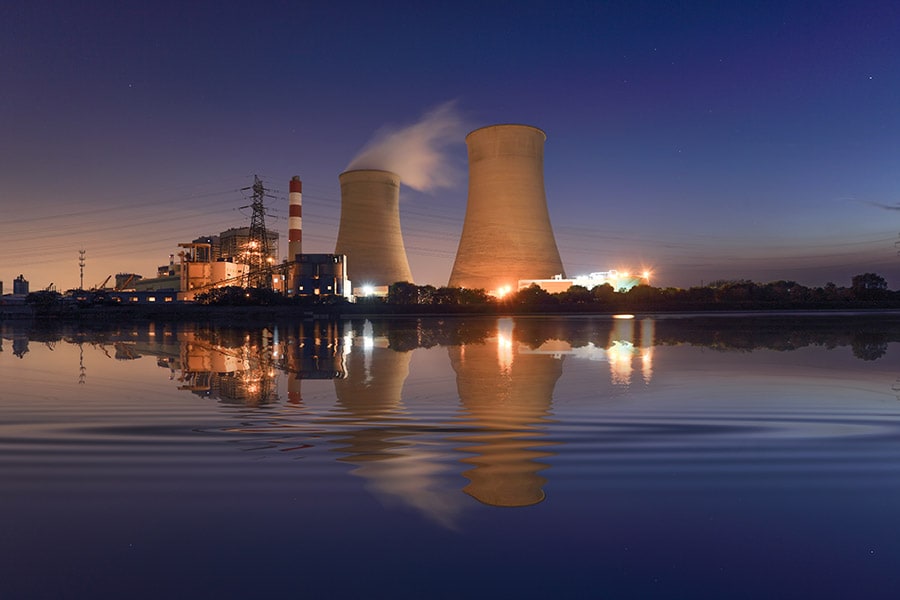
What Budget 2024-25 says about India's energy security and transition roadmap
Big announcements made by Finance Minister Nirmala Sitharaman included private sector participation to develop new technologies for nuclear energy and build small modular reactors, apart from fiscal support for advanced ultra-super critical thermal power plants, and a policy for pumped storage
 Govt plans sops for making small modular nuclear reactors
Image: Shutterstock
Govt plans sops for making small modular nuclear reactors
Image: Shutterstock
In a first, the Union government has green-lighted private participation in developing nuclear power as part of India’s energy mix. “Nuclear energy is expected to form a very significant part of the energy mix for Viksit Bharat,” said Finance Minister Nirmala Sitharaman in her Budget speech on July 23, adding that the government will partner with the private sector for research and development of newer technologies for nuclear energy, setting up small reactors, and R&D of Bharat small modular reactor. “The R&D funding announced in the interim Budget will be made available for this sector,” she said.
The allocation to the Ministry of New and Renewable Energy (MNRE) has increased to Rs19,100 crore in the Union Budget, from Rs12,850 crore in the interim Budget in February. The allocation to the Ministry of Power has remained unchanged at Rs20,502 crore. As of June, about 54.5 percent of India’s power came from thermal sources (like coal, gas and diesel), while 45.5 percent came from non-fossil fuel sources, which includes 1.8 percent nuclear power capacity, according to the power ministry.
India also wants to build 500 GW (giga-watt) of non-fossil fuel energy capacity over the next six years. This capacity stands at around 200 GW so far, which means building an additional capacity of nearly 50 GW every year till 2030.
Sitharaman stressed on the need to balance economic growth and employment with environmental sustainability concerns—which means ways to reduce dependence on thermal power—and announced that India has completed the development of indigenous technology for advanced ultra-super critical (AUSC) thermal power plants with higher efficiency.
As part of this, a full-scale, 800 MW commercial plant will be set up through a joint venture between the National Thermal Power Corporation (NTPC) and the Bharat Heavy Electricals Limited (BHEL). Fiscal support for this will come from the government. Mainak Chakraborty, co-founder of GPS Renewables, tells Forbes India that while India cannot totally neglect coal, which is the country’s main energy source, this is the way forward, as the technology concerned is already available in India.


















